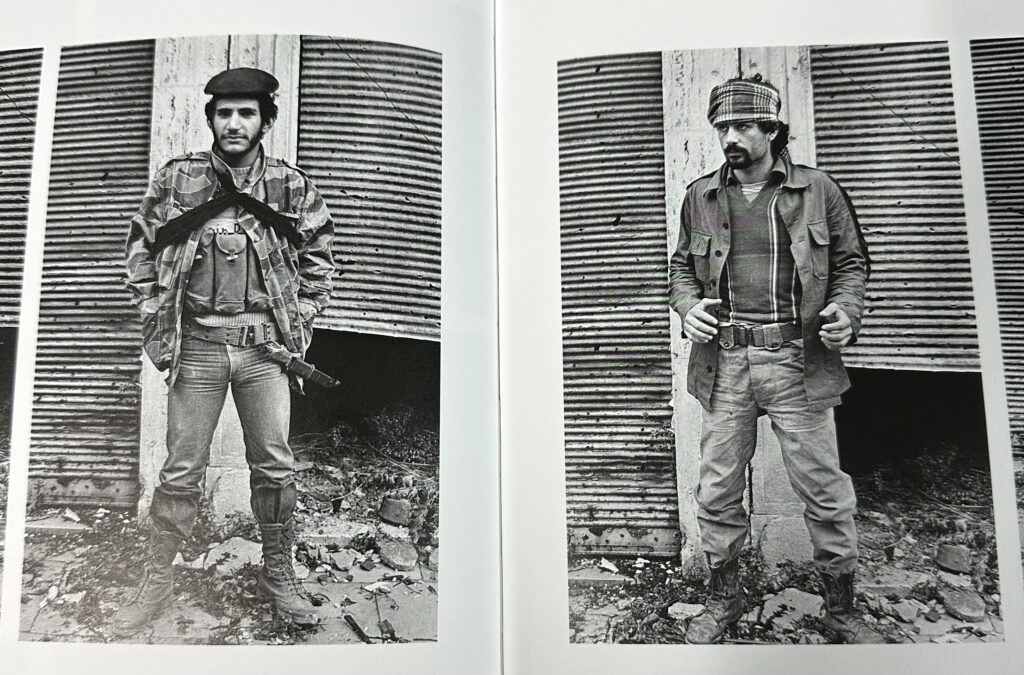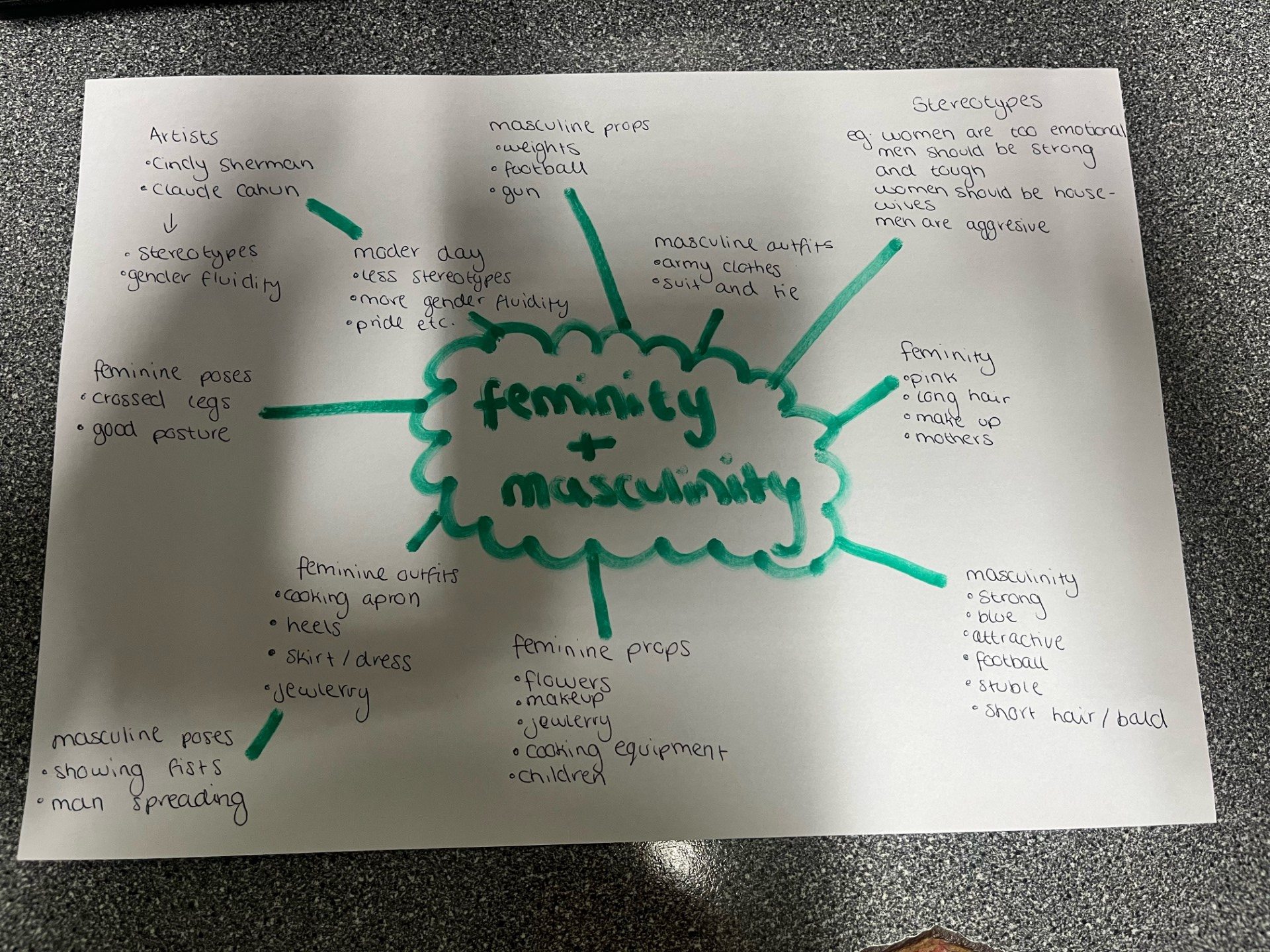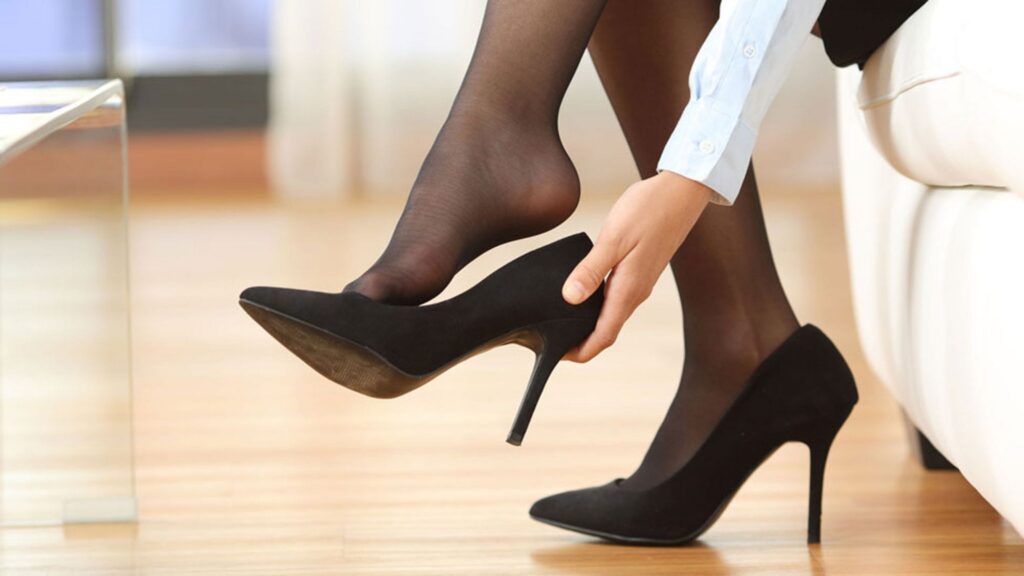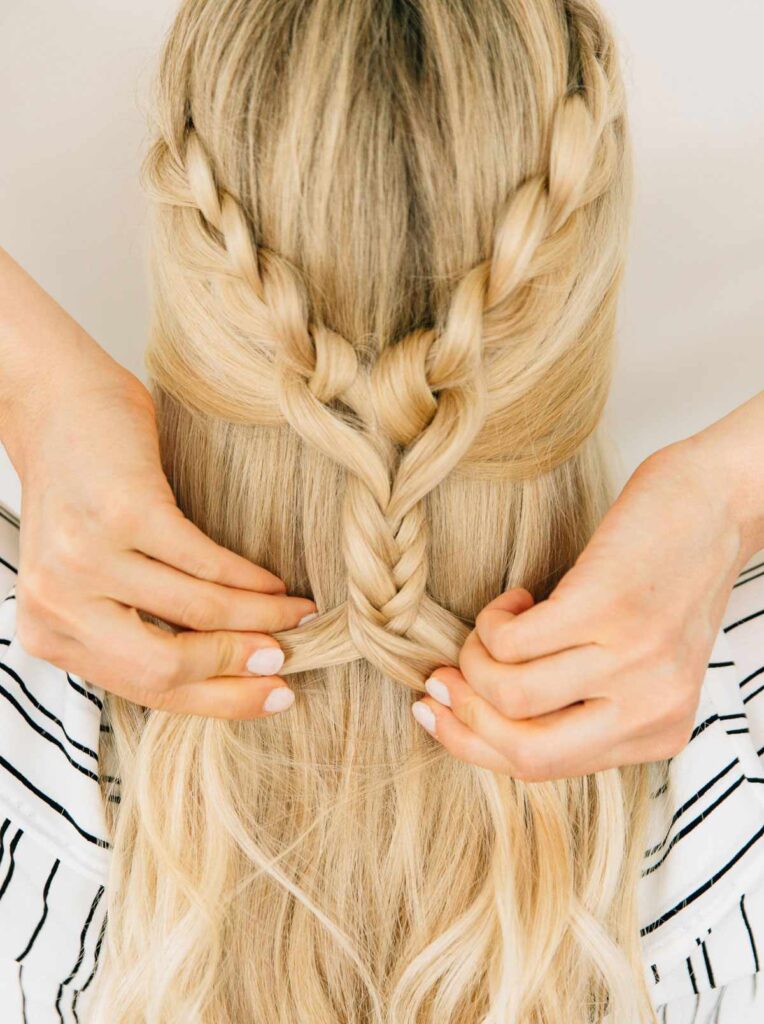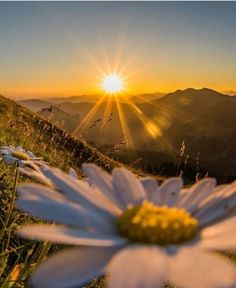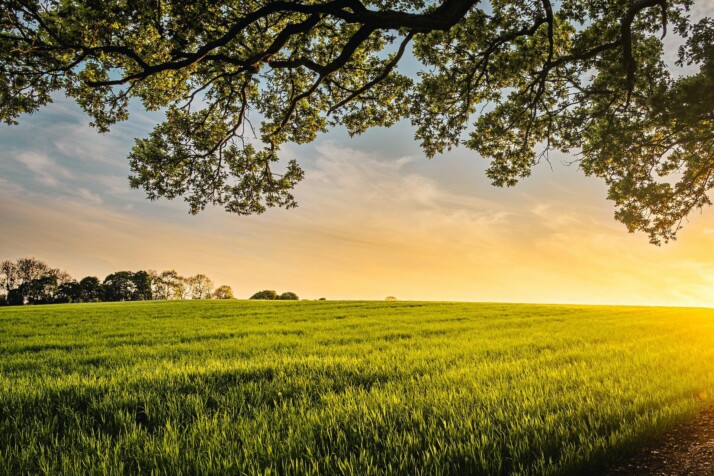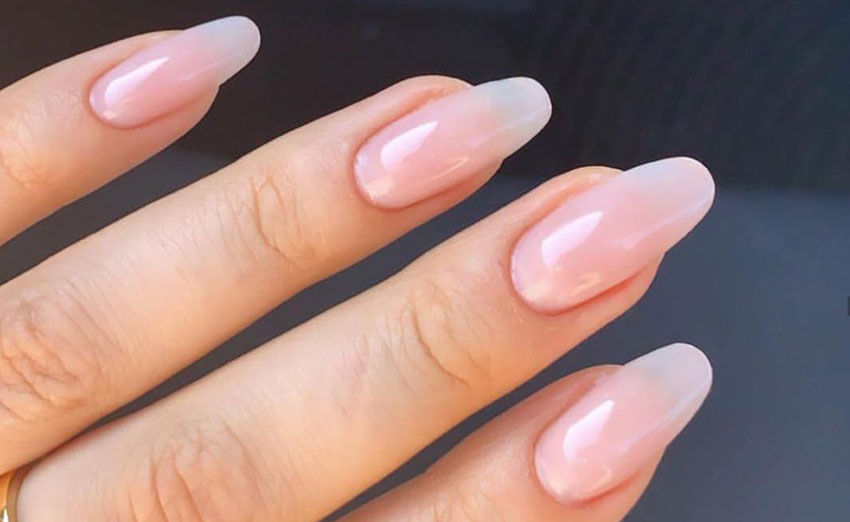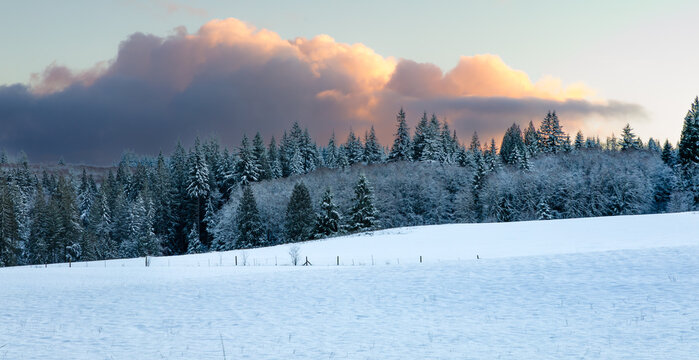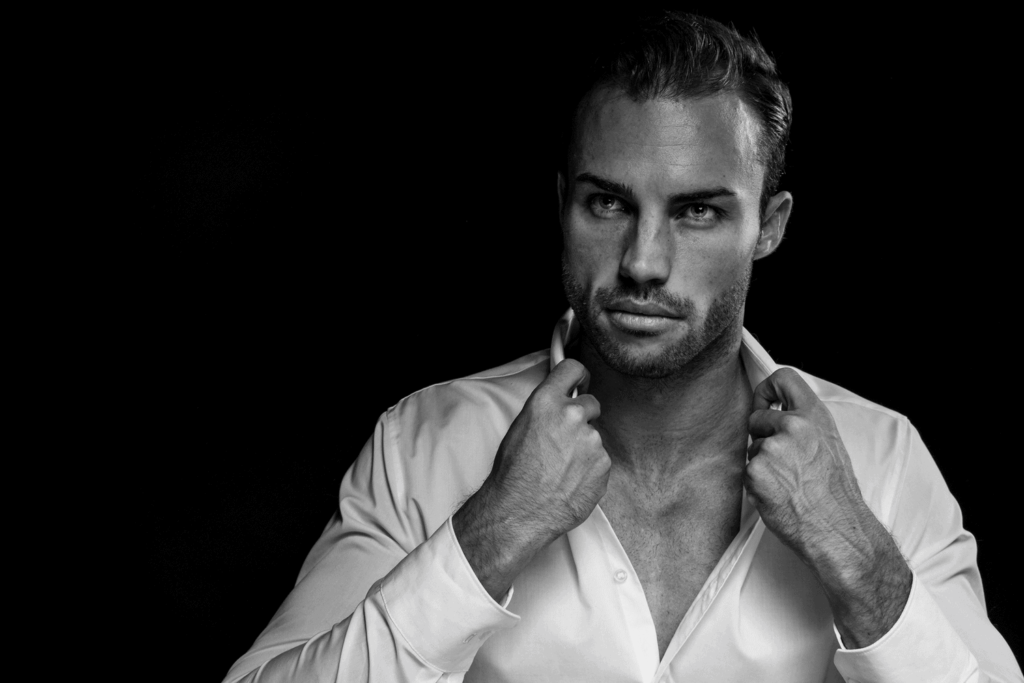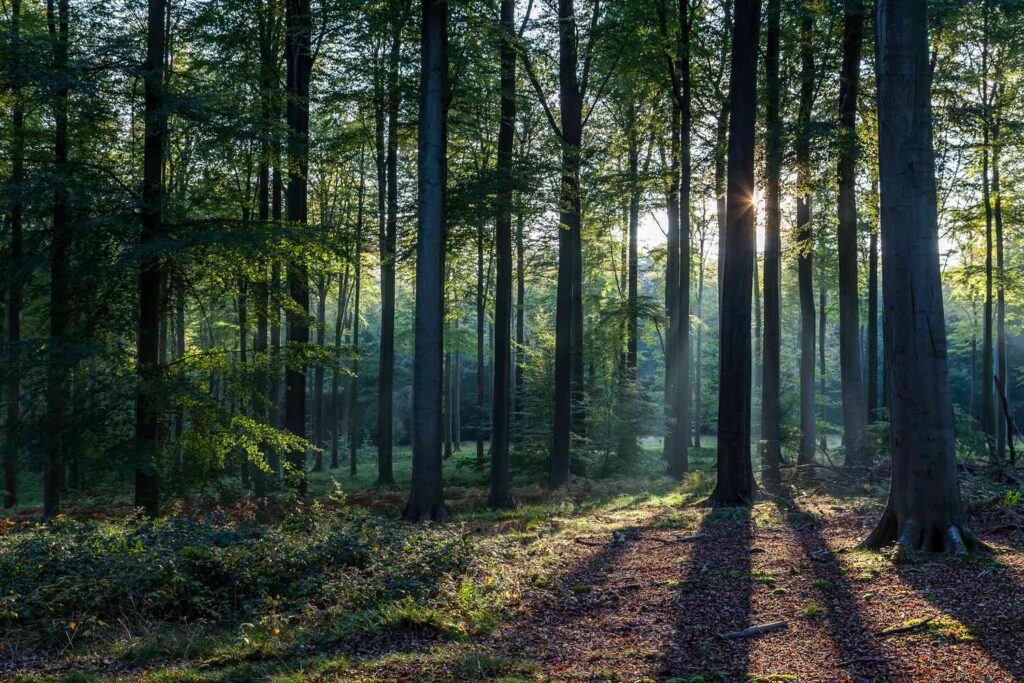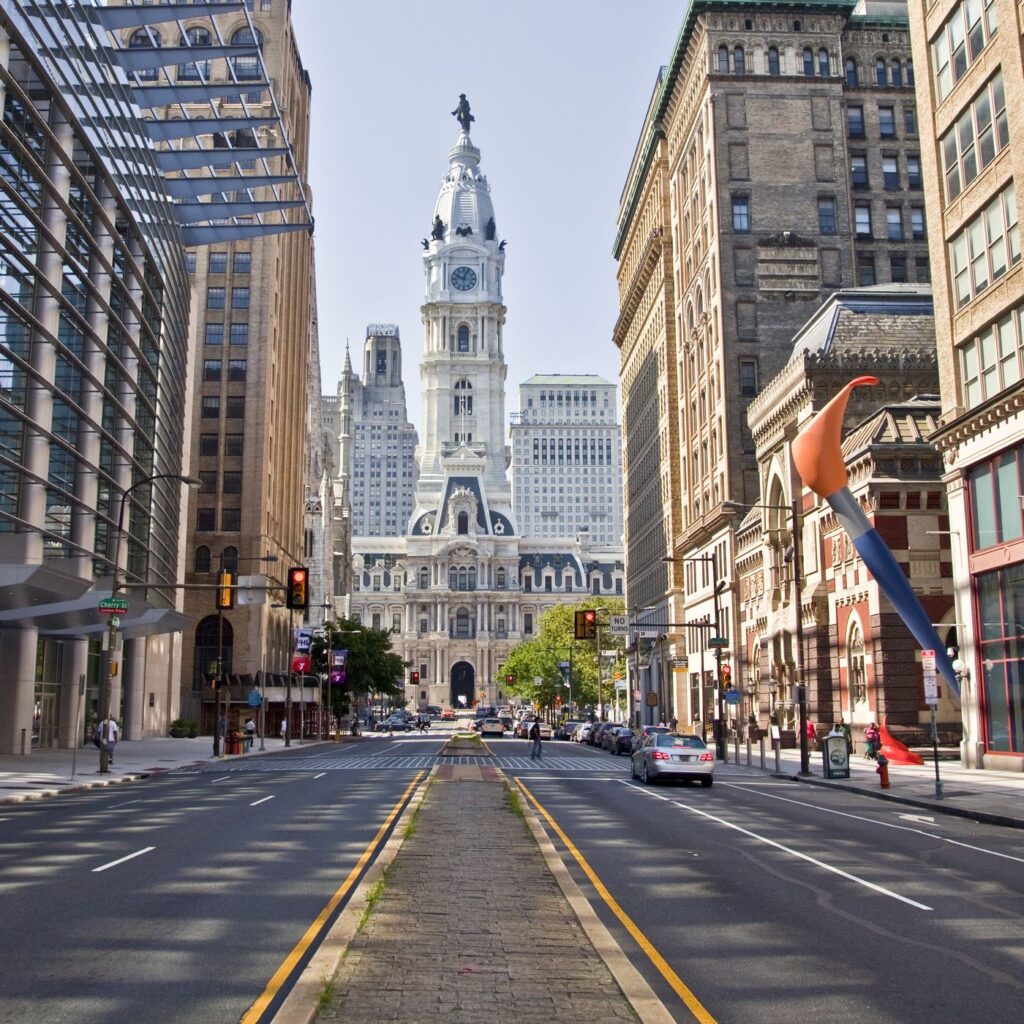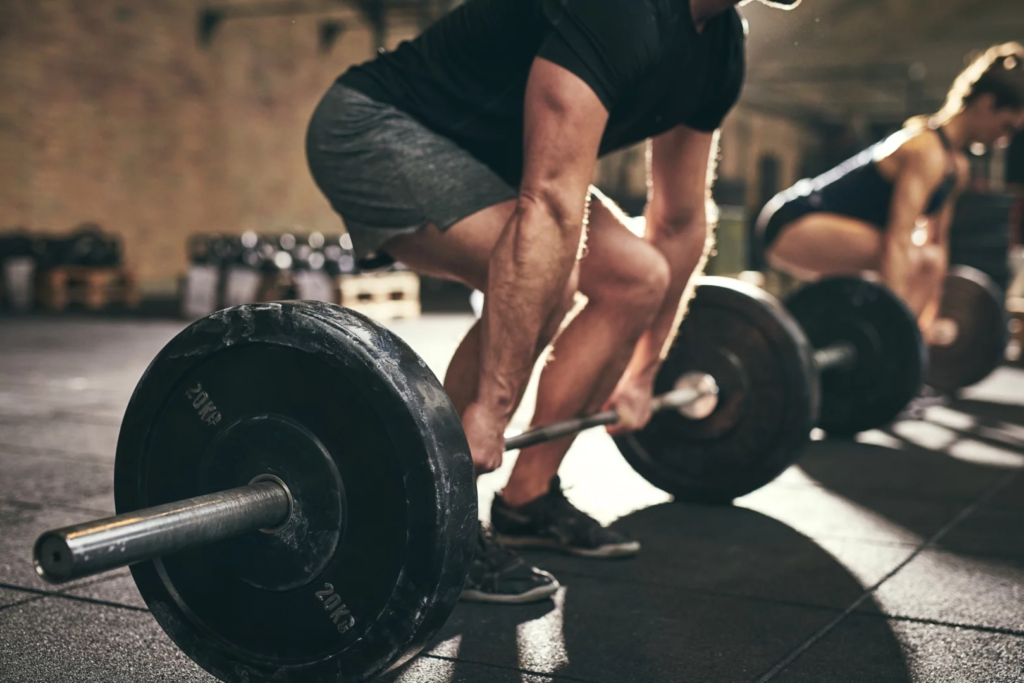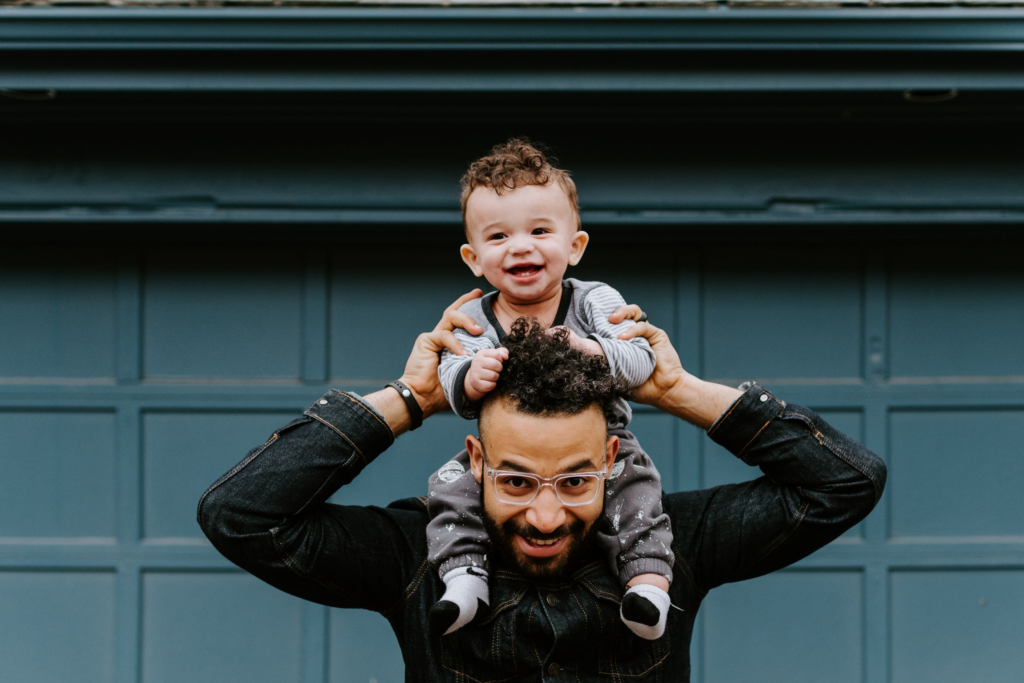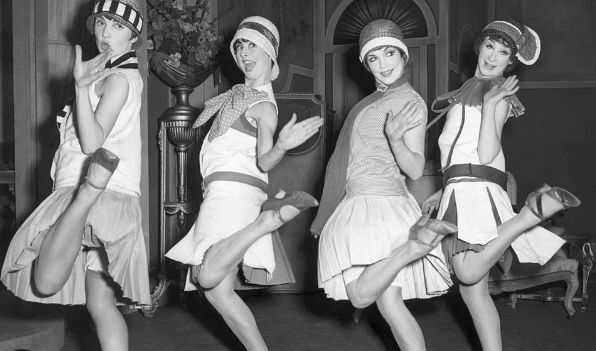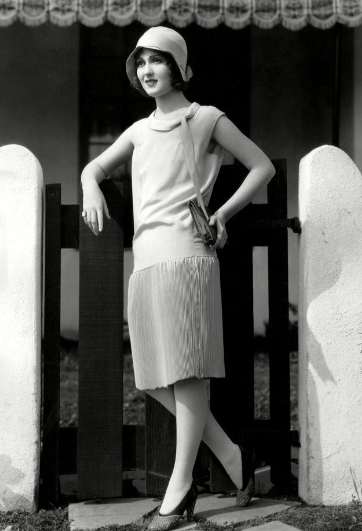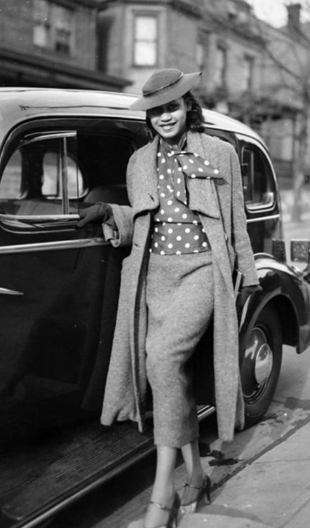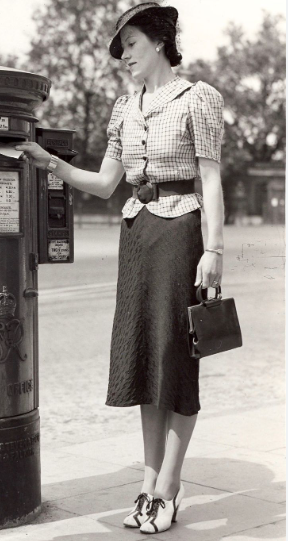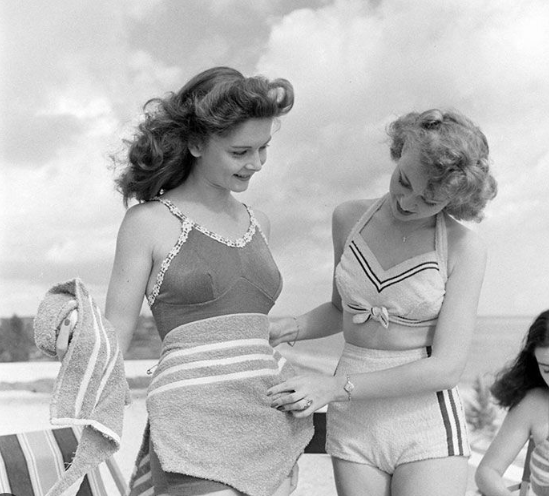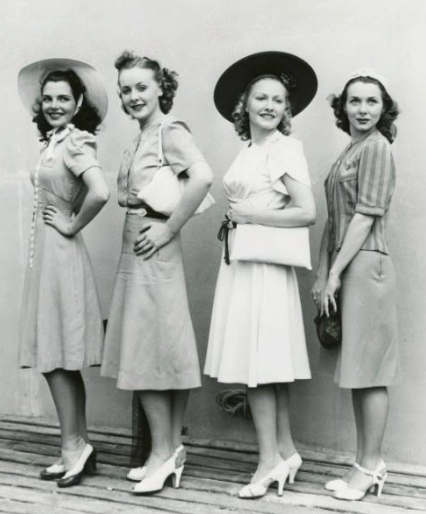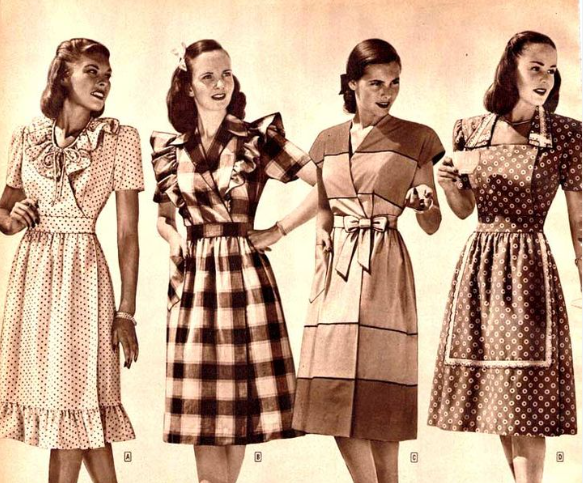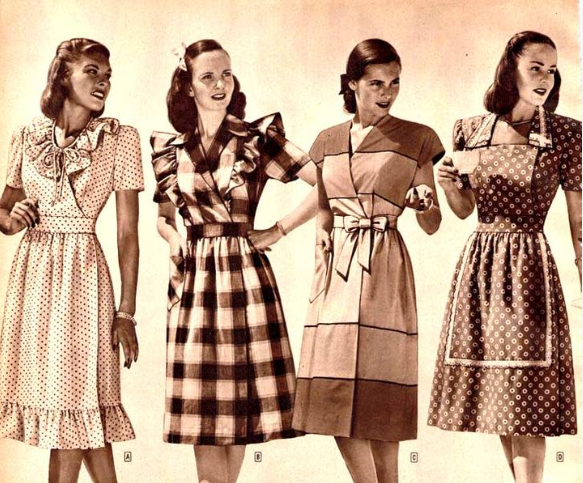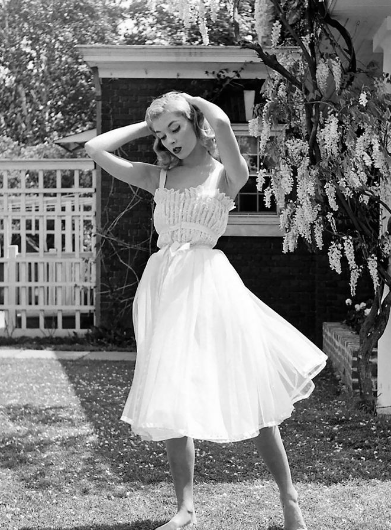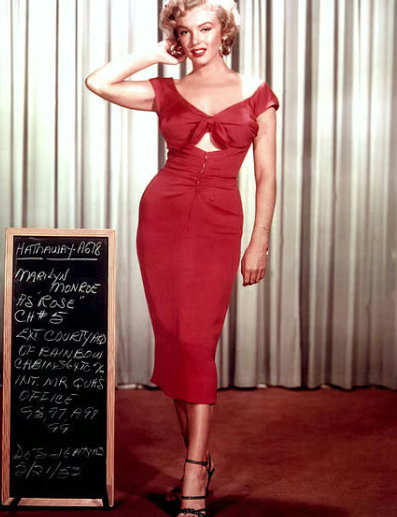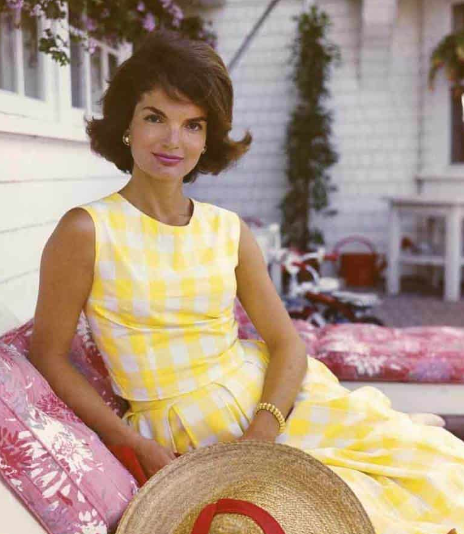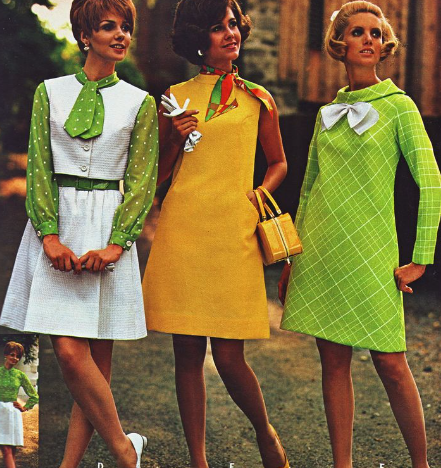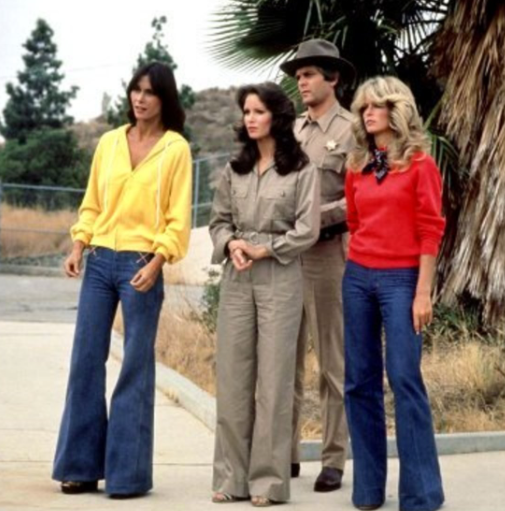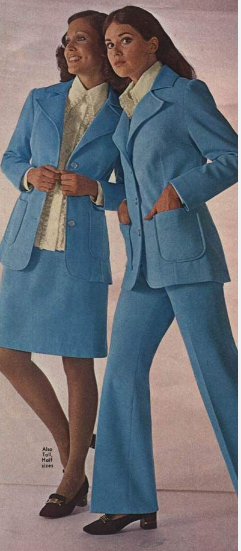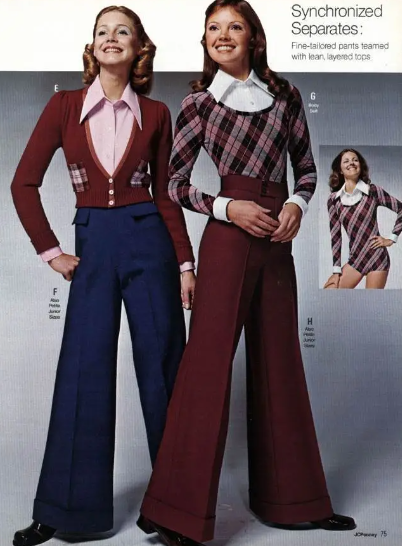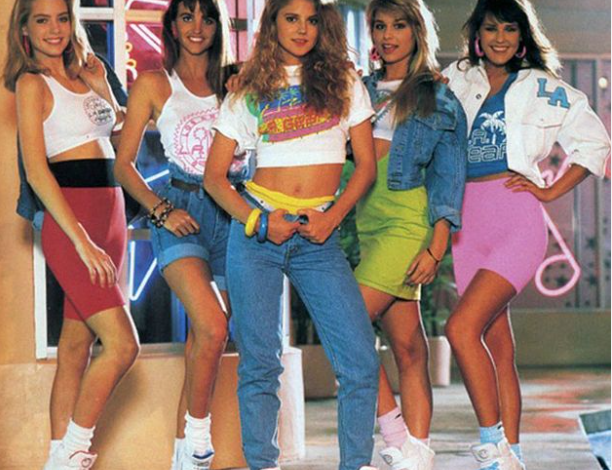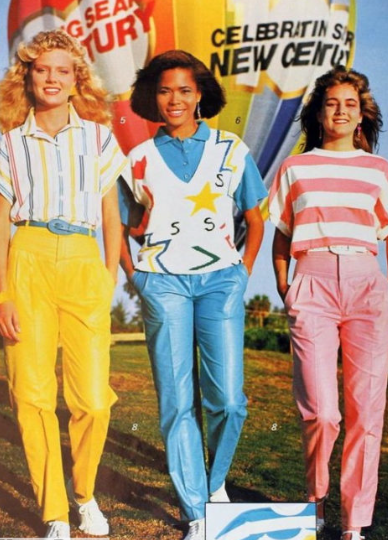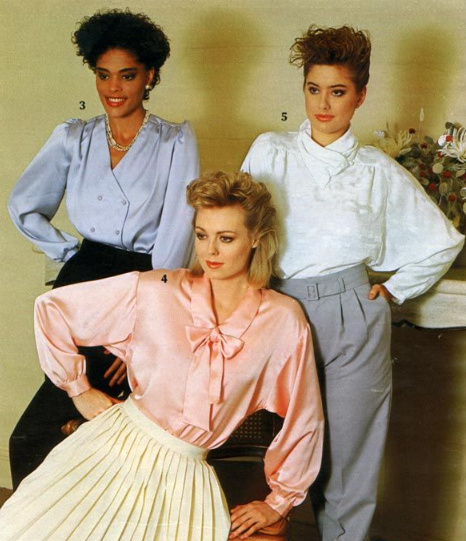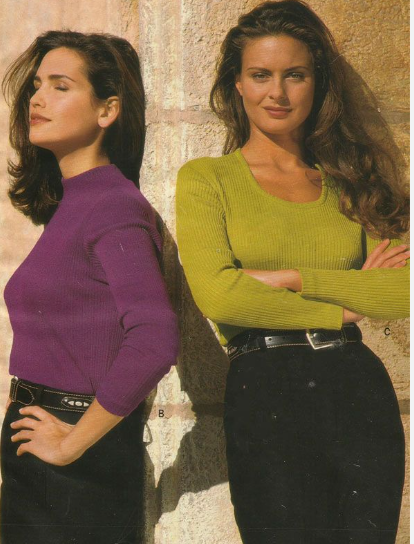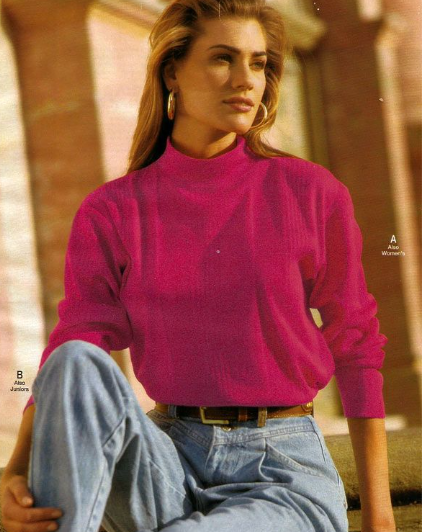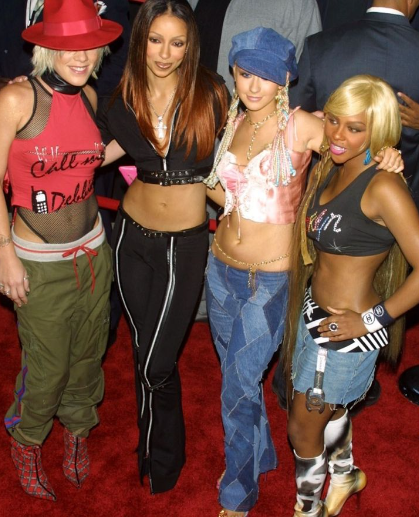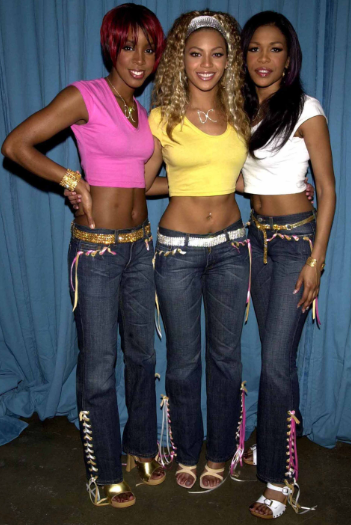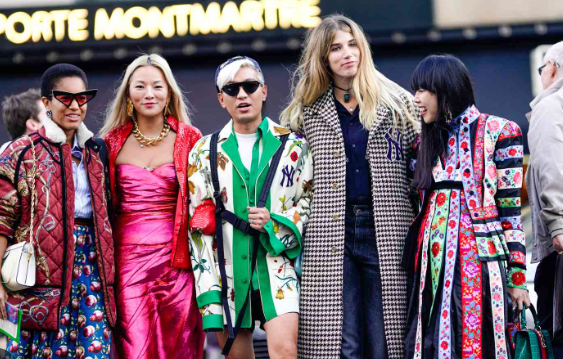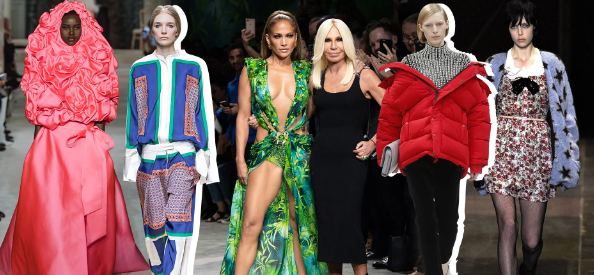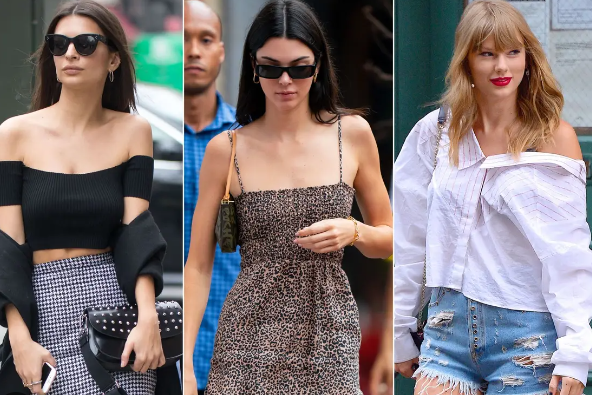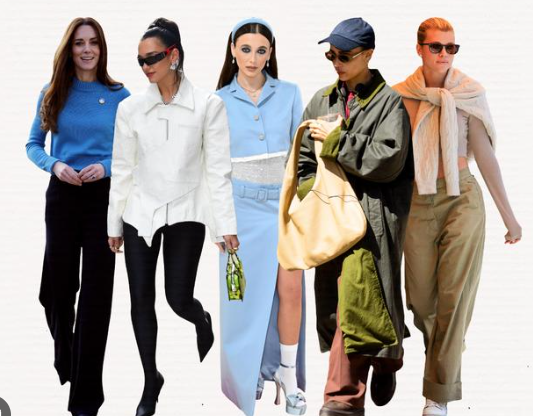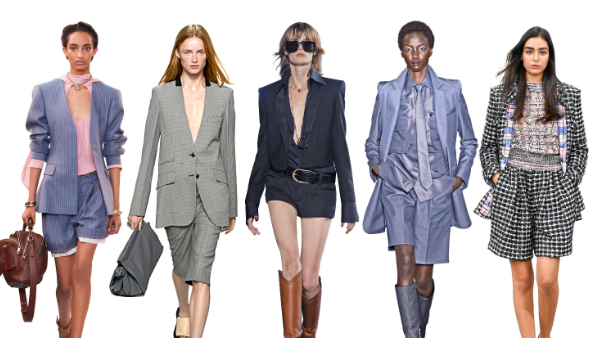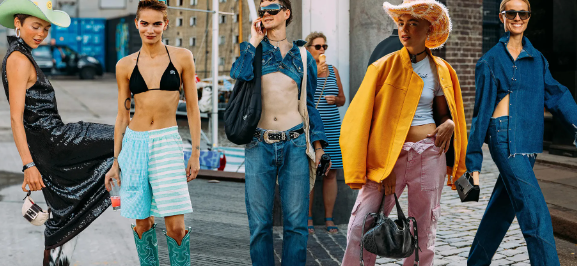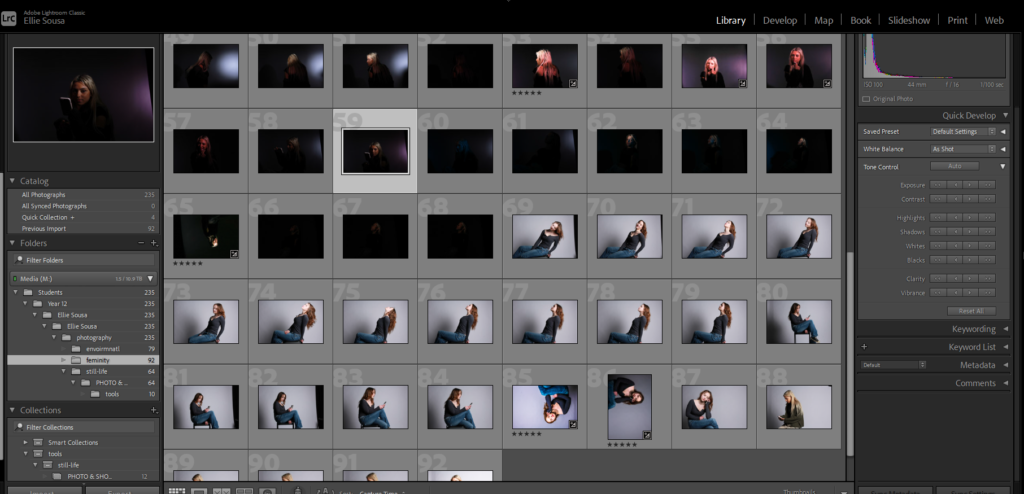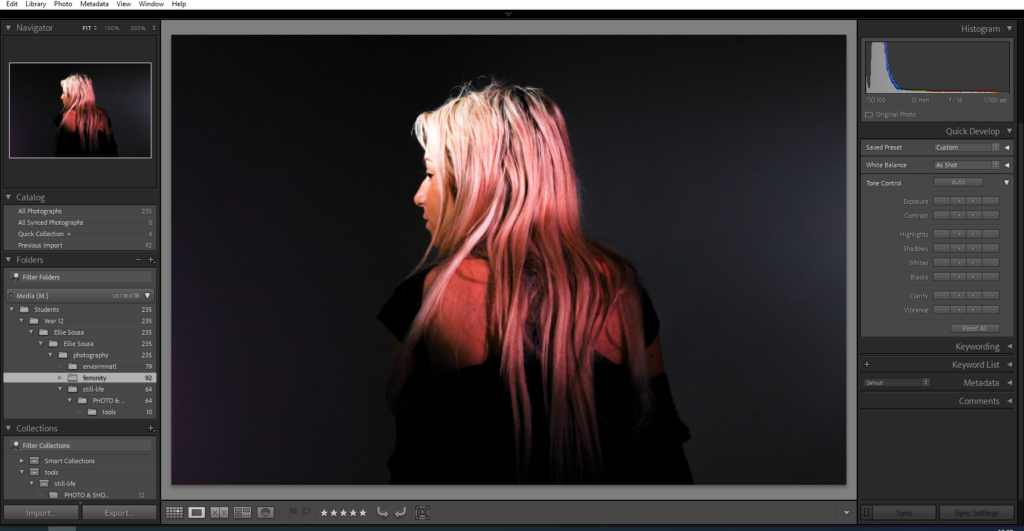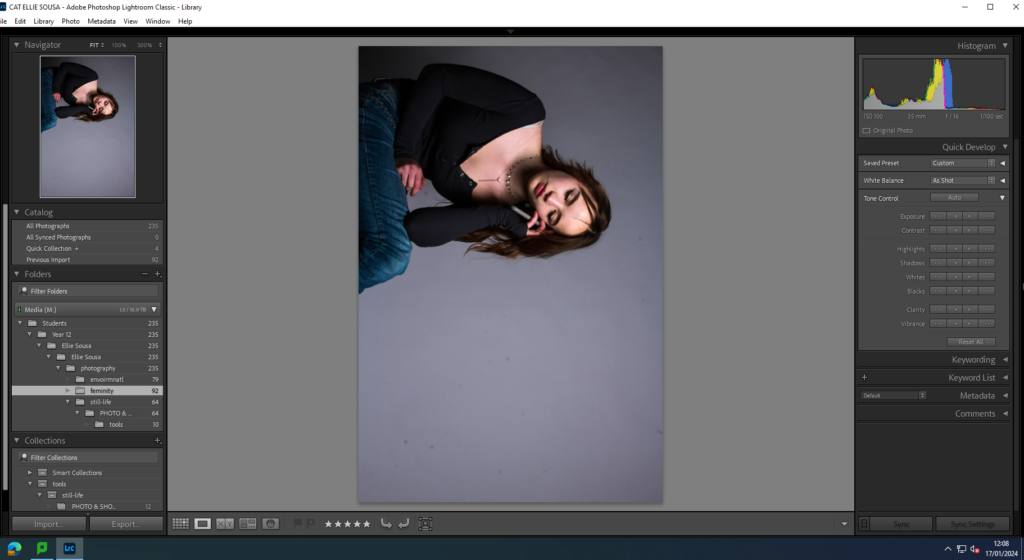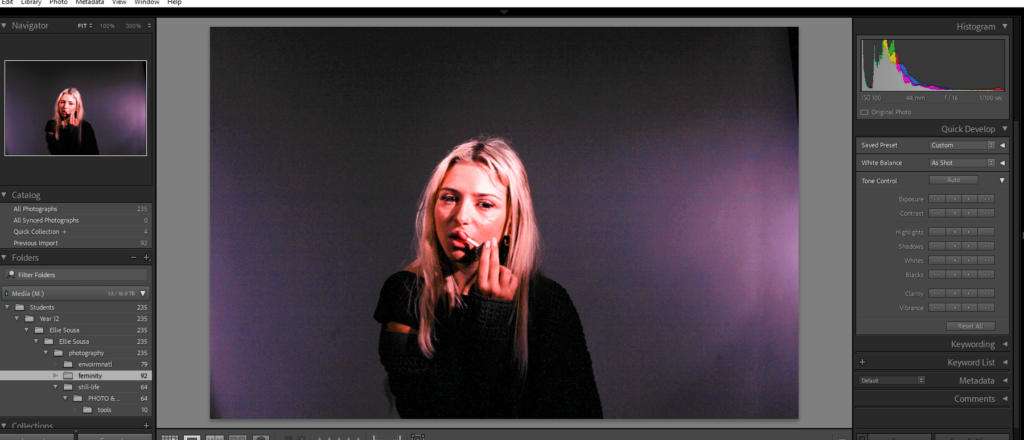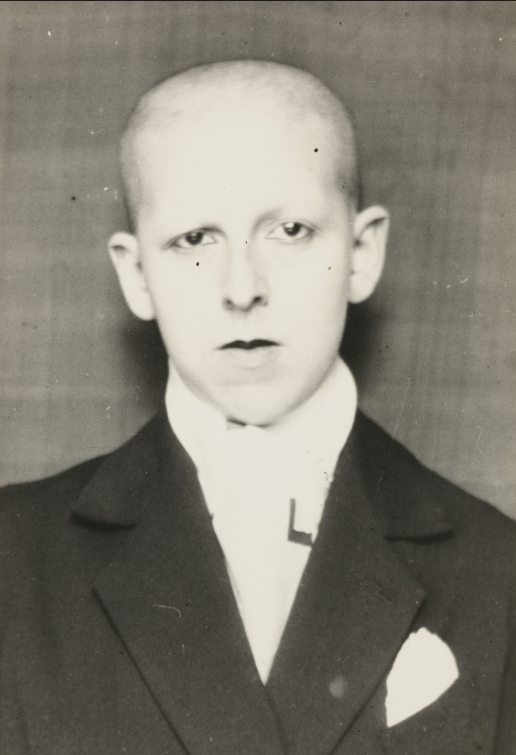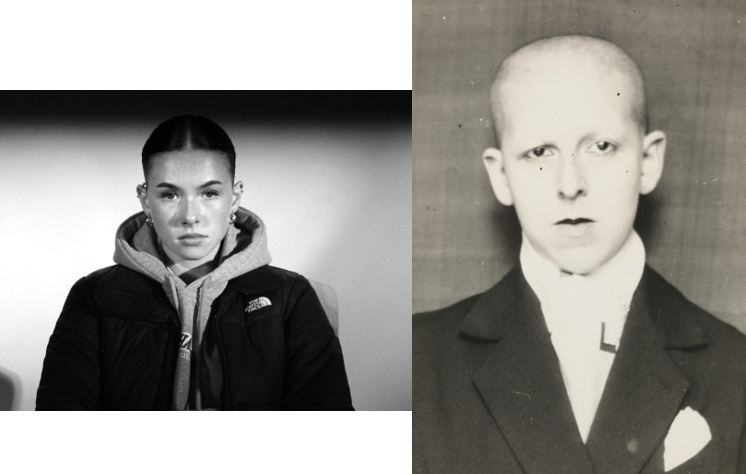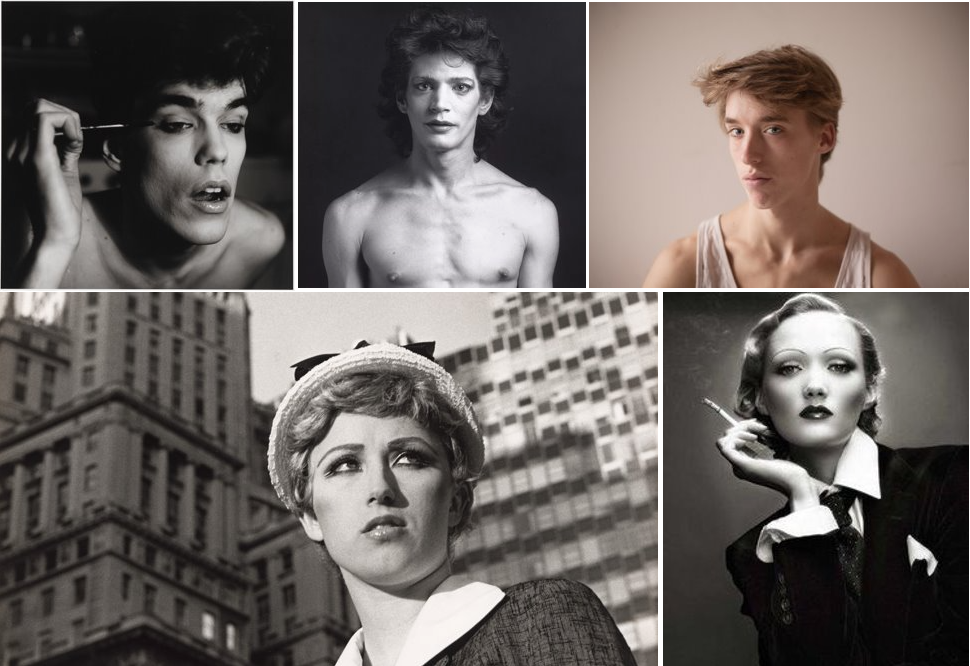Cindy Sherman
My Photoshoot plan is to take images in the style of Cindy Sherman and go to different locations to take the photos and to wear many different outfits and do different makeup looks to get the idea of different stereotypes of women. The locations that I go will be linked to the locations that Cindy Sherman used for her photos, so that the photos look like they are in the style of her work. I will also take some photos in my house and in my kitchen to get the photos that Cindy Sherman took in her house.

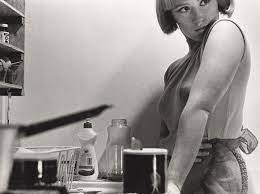
The photos that I’m going to take I will change into black and white so that the pictures will be more realistic to Cindy Sherman’s work.
Claude Cahun
For my Claude Cahun inspired photoshoot I’m going to wear outfits that are seen as neither feminine or masculine and taking pictures in locations that are similar to were Claude Cahun took her photos and also the locations that she took her images in.

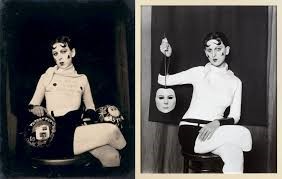
I’m going to try and recreate the outfits and looks that Claude Cahun did and try and use similar props to what Claude Cahun used. For Example for the first photo I’m going to use a mirror and use the pose that she uses in the image to replicate the photo. I’m going to make some of these photos black and white and the ones that have colour I’m going to keep in colour to get the photos more exact to Claude Cahuns photos.

